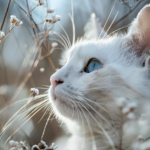Imagine a world where enormous, saber-toothed cats prowled ancient grasslands, and tiny wildcats darted between shrubs, all while continents themselves shifted beneath their paws. For millions of years, cats have journeyed across Earth, conquering new lands and evolving into the cuddly companions (and fierce hunters!) we know today. Join us as we leap back through time and across continents, uncovering 25 fascinating moments from their wild, globe-trotting adventures. Ready to track the pawprints of ancient felines?
1. The First Big Cat Wanderers Emerge in Asia
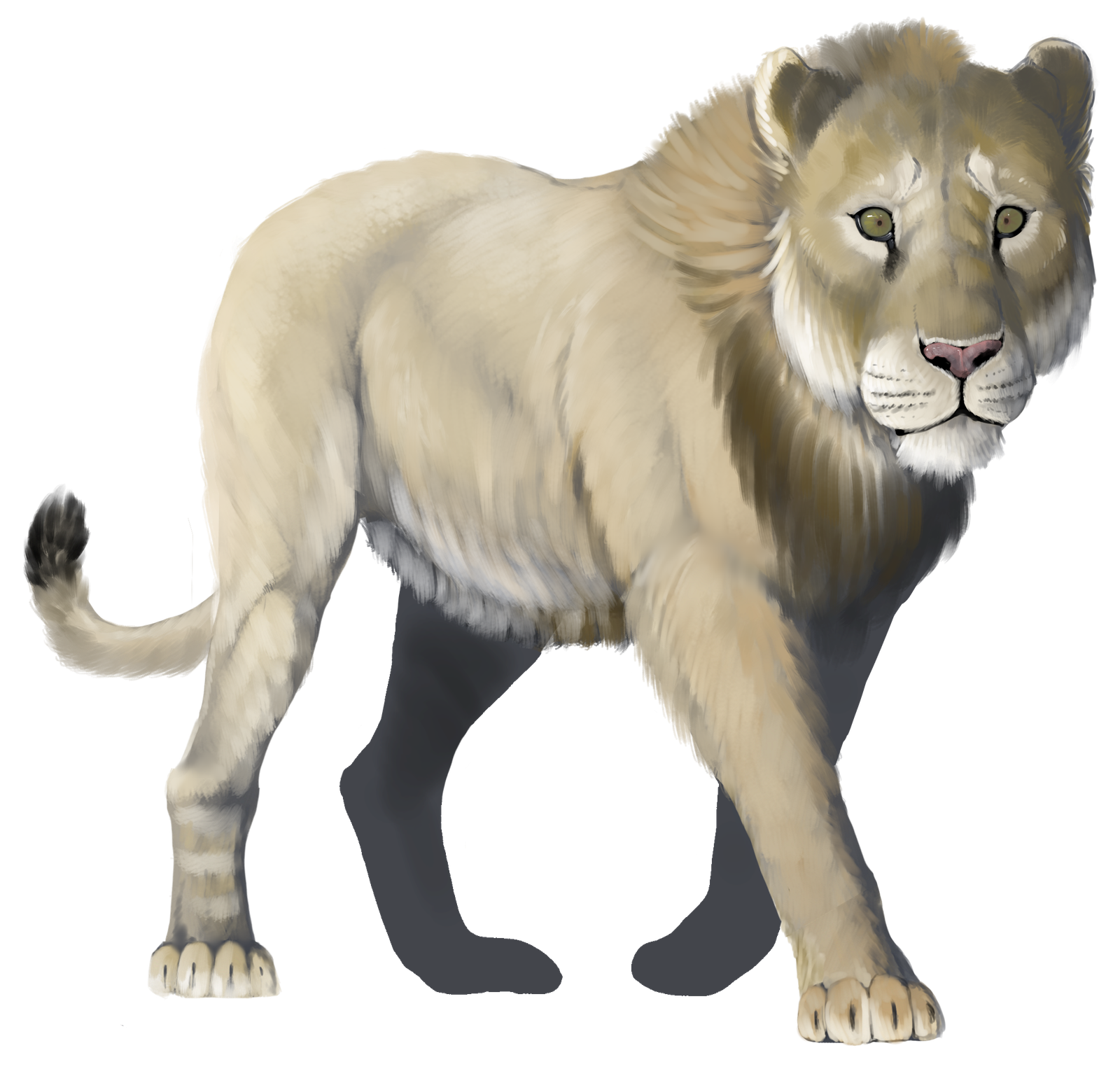
Picture this: 9 million years ago, in the dense forests of Asia, the earliest big cats made their debut. These ancient felines, called “Pseudaelurus,” were nimble and curious, much like today’s house cats, but with a wilder edge. They roamed vast landscapes in search of food, sparking the start of a feline family tree that would soon stretch across the world. Their adaptability was their secret weapon, helping them brave changing climates and new predators. Imagine a cat with the heart of a lion and the curiosity of a kitten, bravely setting paw into the unknown.
2. Saber-Toothed Giants Cross Into Europe

Saber-toothed cats—yes, those famous fang-bearing beasts—followed prey across land bridges into Europe. Unlike their modern cousins, these cats were built for drama: massive teeth, muscular bodies, and a roar that probably shook the trees. They thrived in open plains and dense forests, tracking large herbivores that migrated between continents. It’s wild to think these ancient travelers once called Europe home, blending into a world that now only remembers them through fossils and legends.
3. The Great Migration Over the Bering Land Bridge

When ice ages dropped sea levels, a natural “cat highway” appeared between Asia and North America: the Bering Land Bridge. Adventurous felines took this frosty route, padding across what’s now the Bering Strait. It was a risky trek—cold winds, new predators, and unfamiliar prey—but these cats were survivors. Thanks to this ancient bridge, North America gained its own population of wild cats, setting the stage for future legends like the American mountain lion.
4. Small Wildcats Find a Niche in Africa

While big cats roamed, smaller wildcats snuck through Africa’s grasslands and forests. Think of them as the stealthy, unsung heroes of feline history. These adaptable little hunters specialized in rodents and birds, evolving sharp instincts to avoid larger predators. Their success ensured that Africa became a hotspot for cat diversity, eventually giving rise to the ancestors of today’s domestic cats. If you’ve ever seen a house cat stalk a feather toy, you’re watching ancient instincts in action!
5. Lions Conquer the Savanna With Teamwork

Unlike most solitary cats, lions developed a surprising superpower: teamwork. As they migrated across Africa and into parts of Eurasia, they formed tight-knit prides, working together to hunt, protect cubs, and defend territory. This social strategy helped them outcompete rivals and survive in harsh environments. Imagine a feline family reunion, only with more roaring and a lot more teamwork. Their social skills set them apart and turned them into true kings—and queens—of the savanna.
6. The Mysterious Disappearance of European Lions
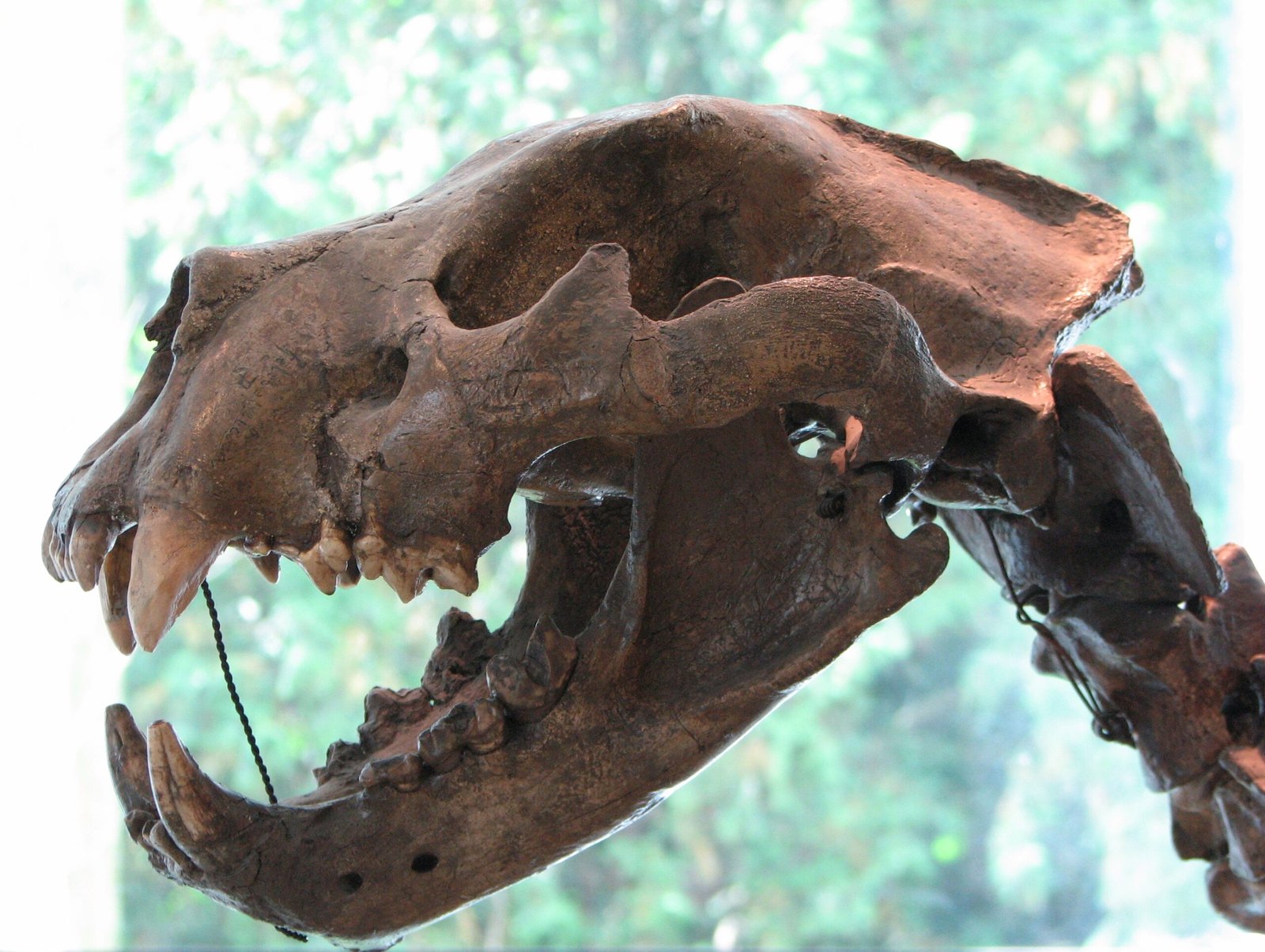
Believe it or not, lions once roamed Europe’s forests and plains! Fossils and ancient art prove they were a big deal, even inspiring myths and legends. But as climates changed and human populations grew, European lions vanished. Their story is a bittersweet reminder that even the mightiest cats can disappear when their habitats shrink. Next time you hear a fairy tale about lions in far-off lands, remember they once prowled much closer to home.
7. Cheetahs Sprint Into New Territories

The cheetah’s ancestors weren’t always the speedsters we know today. As they migrated from Asia into Africa, they evolved longer legs and slimmer bodies to chase fast-moving prey. Over time, these cats became the ultimate sprinters, reaching speeds no other land animal can match. Their journey shows how travel and adaptation can turn a simple hunter into a record-breaking athlete. When you watch a cheetah run, you’re seeing millions of years of evolution in action.
8. Jaguars Take the Leap Into the Americas

Jaguars are the kings of the rainforest, but their ancestors took a daring leap into the Americas during the Pleistocene. These powerful swimmers and climbers followed prey down through North America and deep into South America’s jungles. With their stocky builds and crushing jaws, they became masters of their new world. It’s hard not to be awed by a cat that can swim across rivers and take down prey twice its size—all thanks to one epic migration.
9. Snow Leopards Climb the Roof of the World

Some cats went up instead of out. Snow leopards, with their thick fur and powerful limbs, conquered the icy heights of Central Asia. Their ancestors adapted to thin air and rocky cliffs, developing long tails for balance and camouflaged coats for stealth. Living where few animals dare, snow leopards became legends of the mountains—a symbol of resilience and mystery. If you’ve ever admired a cat’s grace, imagine one leaping across a Himalayan crevasse!
10. House Cats Begin Their Global Journey

The story of the domestic cat starts in the Middle East, where wildcats began cozying up to early farmers. Attracted by grain stores (and the rodents they brought), these clever felines forged a human-feline alliance that would change history. As people migrated, so did their new furry friends. The house cat’s journey from wild hunter to beloved companion is a tale of curiosity, adaptability, and a little bit of purring persuasion.
11. The Bobcat: North America’s Secretive Survivor

Bobcats, with their tufted ears and spotted coats, are descendants of ancient travelers from Asia. These adaptable cats spread across North America, thriving in forests, swamps, and even deserts. They became masters of ambush, using stealth and patience to catch prey. Unlike lions or cheetahs, bobcats prefer solitude, quietly shaping the ecosystems they inhabit. Their quiet confidence proves that you don’t need size or speed to leave a legacy.
12. Caracals: The Acrobat Cats of Africa and Asia

Caracals are the gymnasts of the cat world, famous for their incredible jumps and striking ear tufts. As they spread across Africa and into parts of Asia, they learned to leap high into the air to snatch birds mid-flight. This unique skill made them both feared and admired by ancient cultures. The caracal’s journey shows how a little acrobatics can mean the difference between dinner and going hungry!
13. The Sand Cat’s Desert Adventure
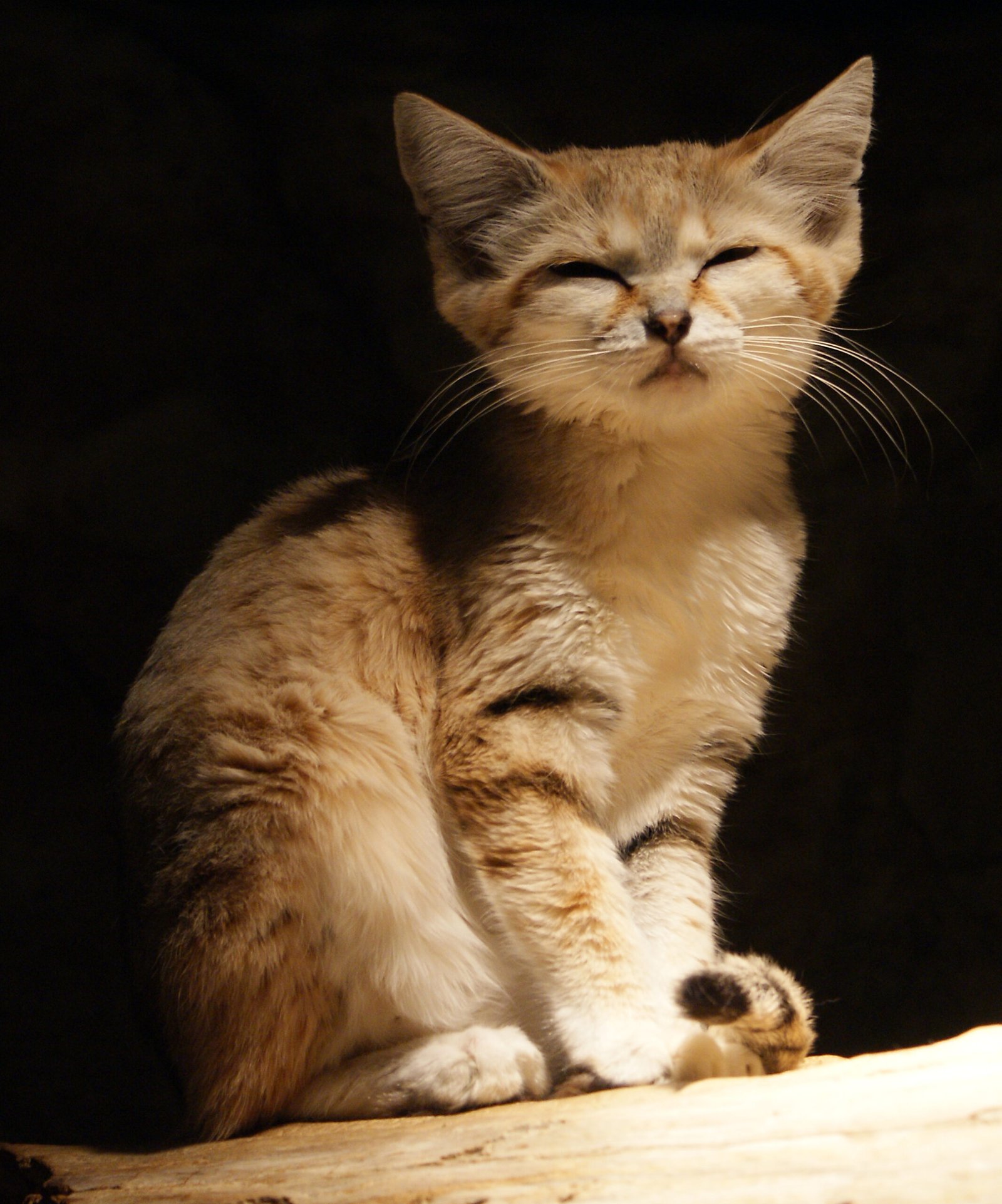
Tiny but tough, the sand cat ventured into some of the world’s harshest deserts. With furry paws that act like natural snowshoes and ears tuned to the faintest sounds, these pint-sized predators thrived where most animals wouldn’t dare. Their ability to survive extreme temperatures and scarce water made them legends of the sands. If cats were superheroes, the sand cat would be the desert’s masked marvel.
14. Clouded Leopards: Masters of the Jungle Canopy

Clouded leopards, with their dreamy spots and long tails, took to the trees of Southeast Asia’s rainforests. Their ancestors learned to climb and leap through tangled branches, turning the jungle canopy into their playground. These elusive cats are rarely seen, but their legacy lives on in the myths and stories of local people. It’s proof that sometimes the best adventures happen above ground!
15. Lynxes Spread Their Paws Across the North

Lynxes, from the stubby-tailed bobcat to the regal Eurasian lynx, spread through Europe, Asia, and North America. Their thick fur and snowshoe-like feet made them winter survivors, gliding silently over snow. By adapting to cold, harsh environments, lynxes secured their place as stealthy hunters of the North. If you’ve ever seen a cat play in the snow, imagine it multiplied by a thousand!
16. Pumas: The Wide-Ranging Wanderers

Pumas, also called mountain lions or cougars, are true globe-trotters. Descended from cats that crossed the Bering Land Bridge, they now roam from Canada’s forests to Patagonia’s mountains. Pumas are experts at adapting—living in deserts, swamps, and even near cities. Their journey shows the incredible distances cats will travel to find a place to call home. Think of them as the ultimate feline nomads.
17. Servals: The Stilt-Legged Hunters of the Grasslands

With their long legs and oversized ears, servals look like cats on stilts. Native to Africa, these quirky hunters use their height to spot prey in tall grass and their ears to hear the tiniest rustle. Their unique look and hunting style have made them a favorite in folklore. Servals remind us that sometimes “weird” adaptations are the secrets to survival.
18. The Pallas’s Cat: Fluffiest of the Steppes

Pallas’s cats, or manuls, are the fluffballs of Central Asia. With round bodies and dense fur, they blend perfectly into rocky steppes and grasslands. These elusive cats are masters of disguise, rarely seen by humans. Their journey across the steppes is a lesson in camouflage and patience. If you’ve ever tried to spot a hiding cat at home, you know just how effective their tricks can be!
19. Fishing Cats Dive Into Wetlands

Unlike most cats, fishing cats aren’t afraid of water. These adventurous hunters evolved in South and Southeast Asia, developing webbed paws and a love for swimming. They stalk fish and frogs along rivers and swamps, turning the tables on the usual “cats hate water” stereotype. The fishing cat’s journey is a reminder that curiosity really can lead a cat just about anywhere—even underwater!
20. The Black-Footed Cat: Tiny Hunter With a Big Attitude

Don’t let its size fool you—the black-footed cat of southern Africa is one of the fiercest hunters around. Weighing just a few pounds, it takes down prey twice its size and covers huge distances each night. Its ancestors braved open plains and arid scrub, evolving stealth and stamina in spades. The black-footed cat proves that bravery isn’t measured in pounds but in persistence.
21. Ocelots Paint the Night in South America

Ocelots, with their striking coats, are the artists of the cat world. Their ancestors crossed into South America, adapting to rainforests and grasslands with equal flair. Ocelots hunt at night, using their beautiful markings as camouflage. Their journey reminds us that sometimes the most eye-catching creatures are also the hardest to spot—nature’s own game of hide-and-seek.
22. Margays: The Tree-Hopping Tricksters
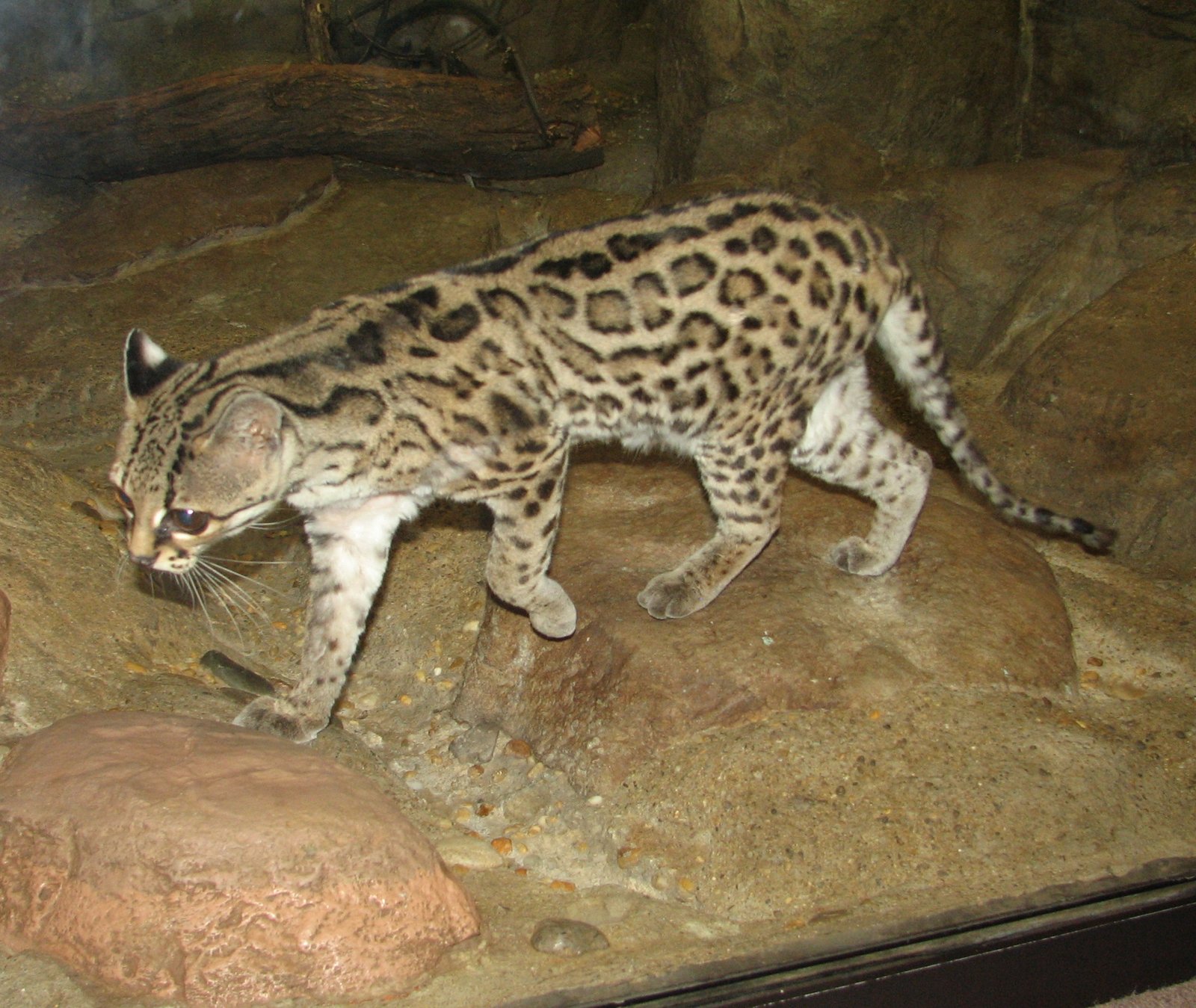
Margays are acrobats of the Americas, spending most of their lives off the ground. With ankles that can twist almost backward, they leap and dangle from branches like feline gymnasts. Their ancestors adapted to life in the treetops, hunting birds and small mammals. Margays show us that sometimes survival means thinking, and climbing, outside the box.
23. The Jungle Cat’s Riverbank Roamings

Jungle cats spread through Asia and Egypt, thriving in wetlands and along riverbanks. Unlike most cats, they’re strong swimmers and agile runners. Their success in watery worlds shows just how flexible feline family members can be. Jungle cats remind us that sometimes, taking the road less traveled—or the river less swum—leads to surprising new homes.
24. Leopard Cats: Wild Ancestors of Asian House Cats
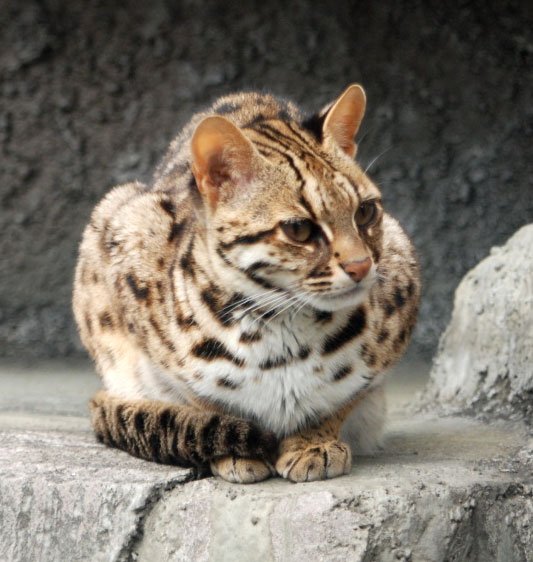
Leopard cats are the wild ancestors of some Asian domestic cats. They adapted to forests, farmlands, and even rice paddies, thriving alongside human settlements. Their journey from wild hunter to family pet is a tale of curiosity, adaptability, and a dash of wild independence. Leopard cats remind us that even our cuddliest companions have a touch of the wild in their whiskers.

Suhail Ahmed is a passionate digital professional and nature enthusiast with over 8 years of experience in content strategy, SEO, web development, and digital operations. Alongside his freelance journey, Suhail actively contributes to nature and wildlife platforms like Feline Fam, where he channels his curiosity for the Feline into engaging, educational storytelling.
With a strong background in managing digital ecosystems — from ecommerce stores and WordPress websites to social media and automation — Suhail merges technical precision with creative insight. His content reflects a rare balance: SEO-friendly yet deeply human, data-informed yet emotionally resonant.
Driven by a love for discovery and storytelling, Suhail believes in using digital platforms to amplify causes that matter — especially those protecting Earth’s biodiversity and inspiring sustainable living. Whether he’s managing online projects or crafting wildlife content, his goal remains the same: to inform, inspire, and leave a positive digital footprint.






